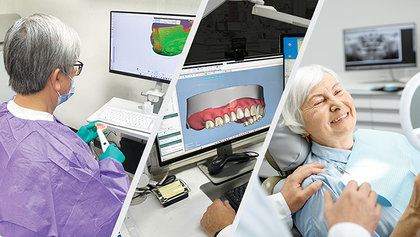Related Dental Blog
- Taylor Manalili, DDS: “How to Capture an Accurate Digital Impression for Implant Cases”
Related Dental Article
- Justin Chi, DDS, CDT: “Common Problems with Digital Impressions — and How to Avoid Them”
800-854-7256 USA
Learn how choosing the right scan bodies, including Glidewell Inclusive® options, optimizes digital implant workflows and ensures precise restorations.
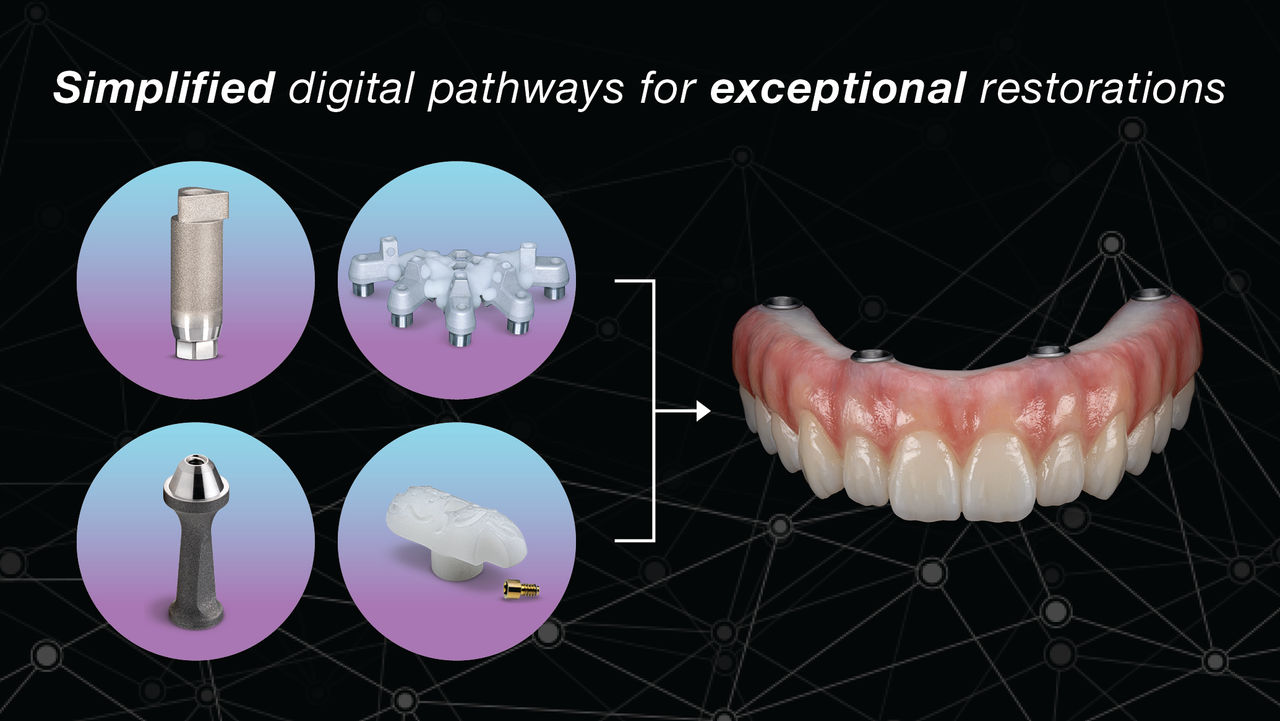
Digital scanning has optimized dental practice workflows in recent years, improving efficiencies, saving time and providing a more comfortable patient experience for various treatments — including implants. This technology can accurately capture essential details, including implant angulation and orientation of the prosthetic connection.
But the implant restorations you deliver can only be as good as the scan, making it critical to follow proper techniques when capturing digital impressions. If what you send to the lab is even a little off, you may end up with restorations that don’t fit — and unhappy patients.
Selecting the right scan body for each case will save you time and money while also resulting in more predictable outcomes for your patients. Here, we take a look at four different types of scan bodies, when to use them, and detail how they will optimize your digital implant workflow.
1. Traditional Scan Bodies. Most implant systems offer original equipment manufacturer (OEM) scan bodies to help clinicians capture precise scans. These scan bodies have historically been made of PEEK or titanium, with a vertical orientation. The surfaces are typically designed with flat facets, notches, or asymmetrical features to help identify the rotational index of the implant.
They’re easy to place, scan, and remove, saving chair time and increasing efficiency for general practitioners or specialists restoring straightforward cases. They are not ideal for full-arch or complex multi-implant restorations, where scan accuracy and inter-implant relationships are more difficult to maintain. Due to this limitation, traditional scan bodies are most commonly used for single and short-span implant restorations.
Glidewell Inclusive® Titanium Scan Bodies, can reduce your scan body costs by as much as 75%, and are compatible with most major implant systems. The high-quality, low-cost prosthetic components are manufactured from high-strength titanium in the U.S. and are available for a uniform, flat-rate cost no matter what implant system you use.
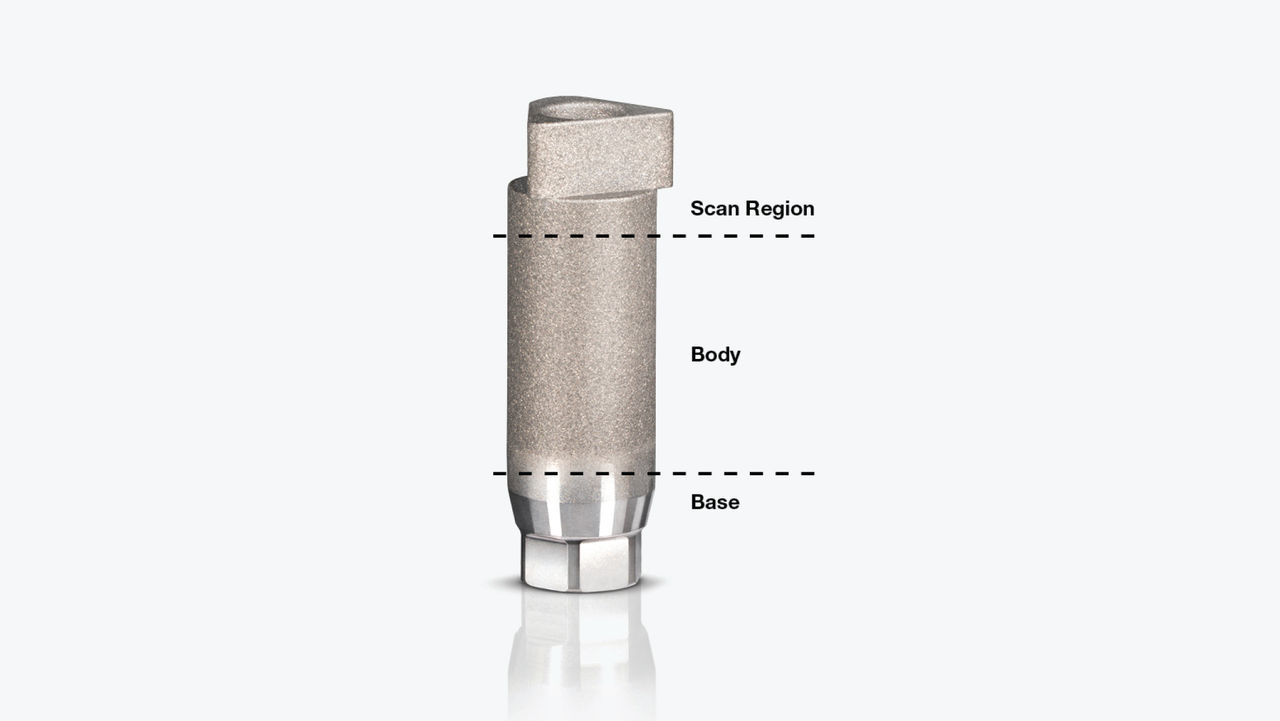
Even the most high-precision scan bodies won’t lead to an optimal outcome if you don’t follow the proper steps before taking a scan. Here’s an overview of the workflow:
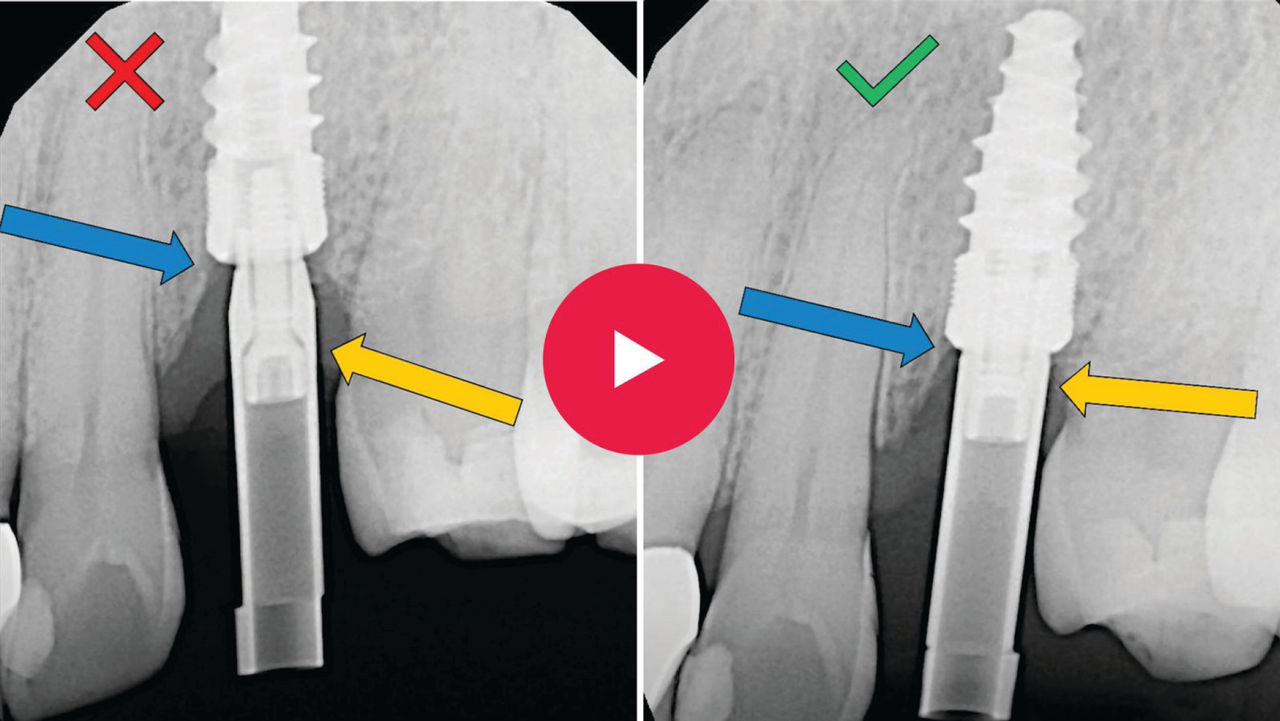
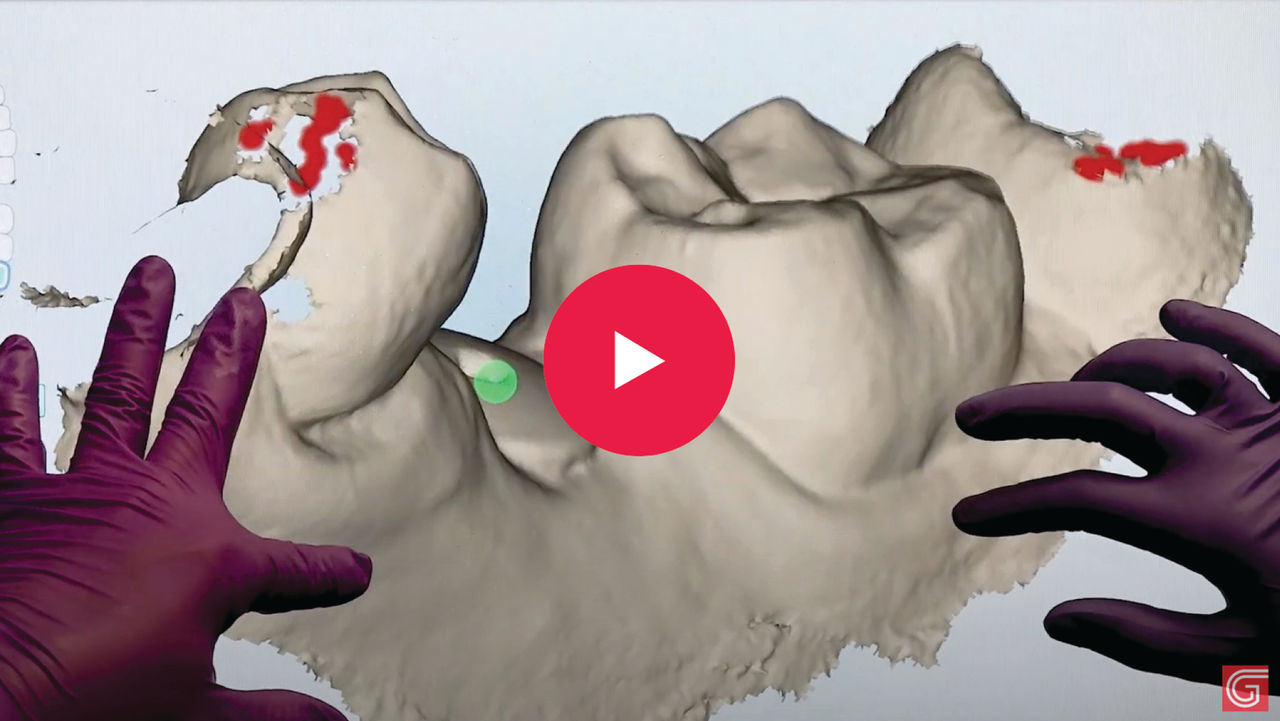
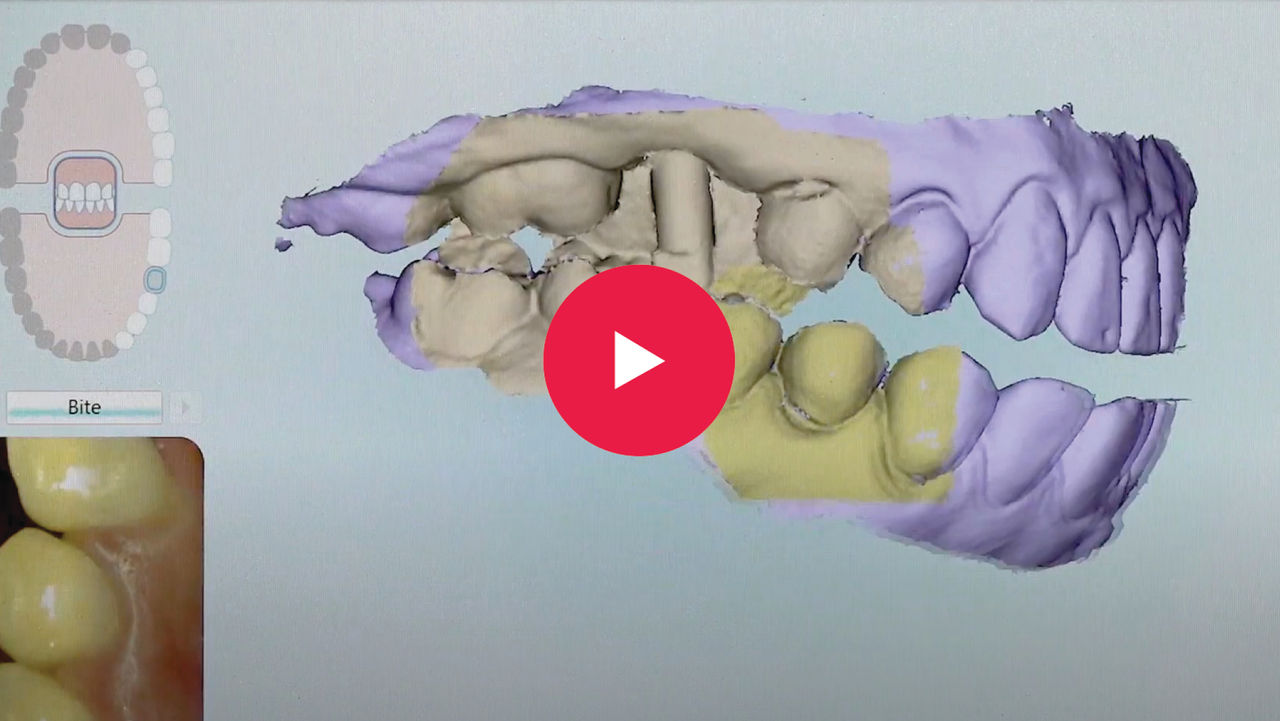
Remember, you’re not locked into the scan bodies offered by the implant system manufacturer you’re using. Inclusive Titanium Scan Bodies offer a great alternative to more expensive options, and ensure patients receive implant restorations that fit. They’re compatible with most implant systems and streamline your digital implant workflow for single- and multi-unit cases.
Digital dentistry has transformed All-on-X implant treatment for fully edentulous patients, providing enhanced precision and reducing patient appointments and wait times. Traditional scan bodies often fall short in capturing the accuracy and spatial relationships required for full-arch cases. In these situations, the accumulation of small scanning errors — such as stitch distortion or minor positional discrepancies — can compromise the passive fit of the final prosthesis, ultimately leading to increased appointments and frustration from both the clinician and patient.
If you want to unlock the full potential of All-on-X, you must understand the three different types of full-arch scan bodies and when to use them.
2. Horizontal Scan Bodies / Scan Gauges. Similar to traditional scan bodies, horizontal scan bodies feature a unique surface geometry to capture each implant’s precise orientation. The horizontal design feature enables more stable cross-arch scanning by presenting a wider and more consistent reference plane across multiple implants, as well as capturing the inter-implant relationship between each implant site — both are critical for designing a full-arch prosthesis with a passive fit.
Horizontal scan bodies are typically made of titanium, which is more difficult for scanners to “read,” requiring the clinician to carefully monitor the scan pattern and speed to avoid “noise” or false points in the scan.
Glidewell’s Inclusive Full-Arch Scan Body offers an easy-to-use, low-cost solution that is compatible with most major implant systems and all intraoral scanners. The scan body is 3D printed of radiopaque resin, enabling a faster, more accurate scan while allowing the clinician to verify seating via X-ray.
This unique combination of design and materials makes it easy to capture precise implant and tissue data, streamlining full-arch workflows, creating a smoother chairside experience for you and your team members, and leading to improved patient outcomes when you restore your All-on-X case with Glidewell.
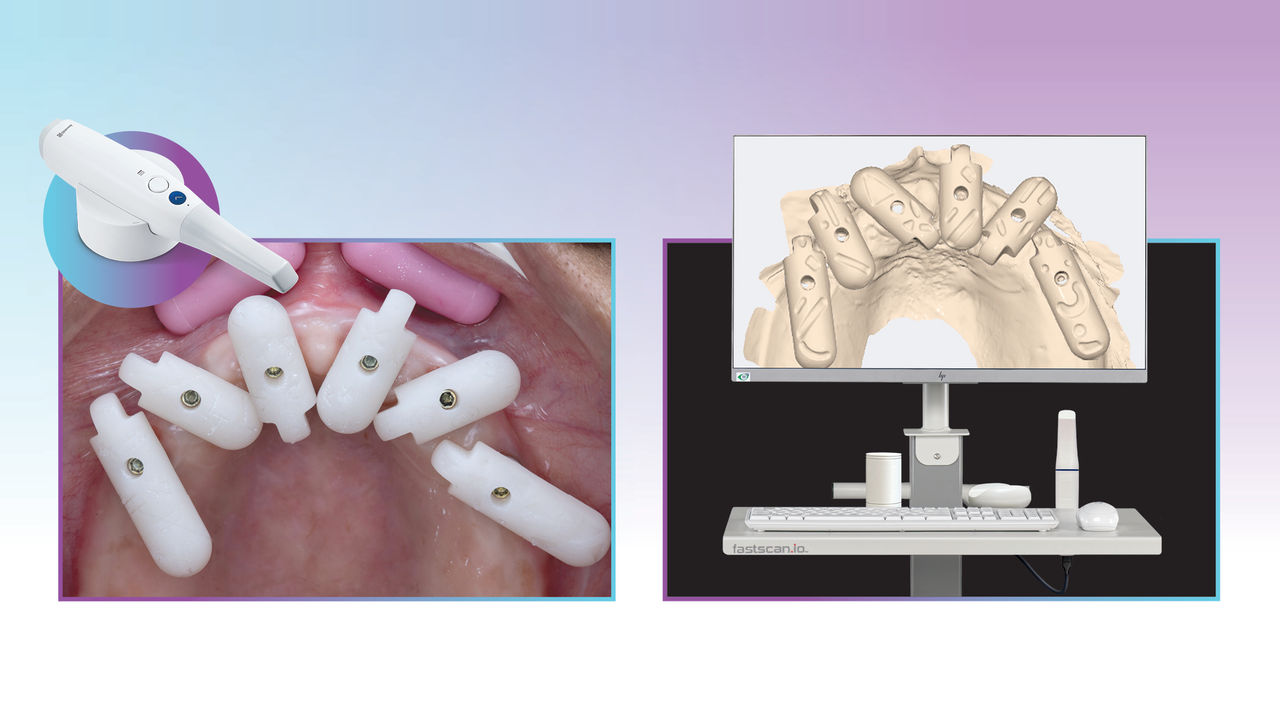
Here are a few tips to ensure you obtain the best results with horizontal scan bodies:
Following these tips will ensure patients receive a precise full-arch prosthesis with a passive fit.
3. Reverse Scan Bodies. Reverse scan bodies — also known as reverse-level scan bodies or abutment-level scan bodies — capture the position and orientation of a custom or prefabricated abutment rather than the implant itself.
These scan bodies are attached to the intaglio surface of the patient’s existing full-arch prosthesis and then scanned extraorally, capturing the position and angulation of the multi-unit abutment. These scan bodies can be used with desktop scanners, or with an intraoral scanner.
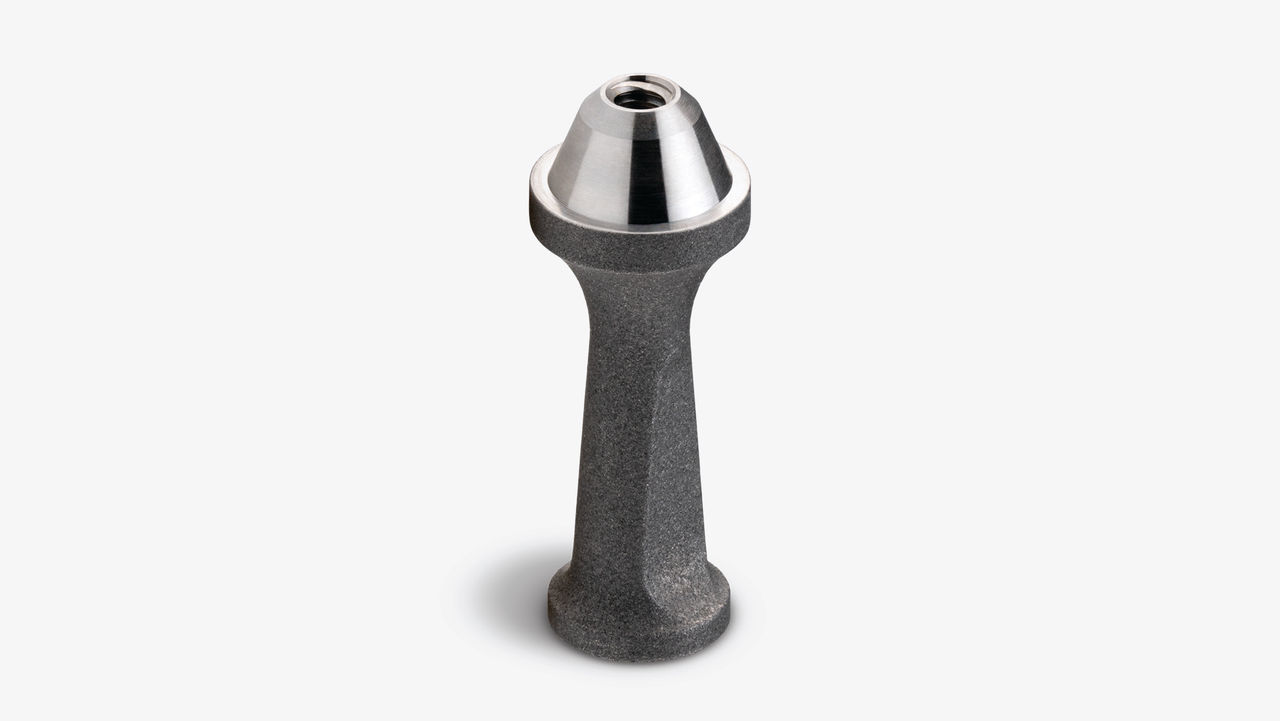
Glidewell’s Inclusive MUA EOScan Bodies are a reverse scan body solution designed to work at the multi-unit abutment level. By attaching directly to the intaglio surface of the patient’s existing full-arch prosthesis, they allow for an extraoral 360-degree scan that captures the precise spatial relationship between the prosthesis and the underlying implants via the multi-unit abutments.
This scan provides the laboratory with highly accurate positional data, including the location of screw-access holes, enabling a precise digital replication of the verified provisional or existing prosthesis. When submitted to Glidewell, this data can be used to fabricate a final BruxZir® Full-Arch Implant Prosthesis with predictable fit and function — streamlining the transition from provisional to definitive while preserving a prosthesis design that is already known to fit passively.
4. OPTISPLINT. Our final scan body to highlight, OPTISPLINT®, is the only full-arch scanning option that allows for conversion of a verified cast. Glidewell recommends OPTISPLINT to predictably and efficiently restore full-arch implants in cases where titanium bases are desired for the screw-access holes of the prosthesis. Glidewell directly offers OPTISPLINT in partnership with Digital Arches.
OPTISPLINT is compatible with guided, navigation or freehand surgeries. The OPTISPLINT workflow has several key steps including:
Glidewell offers workflows for use of the OPTISPLINT during implant surgery as well as a straightforward restorative workflow that is ideal to transition from analog to digital when starting with healed implant sites.
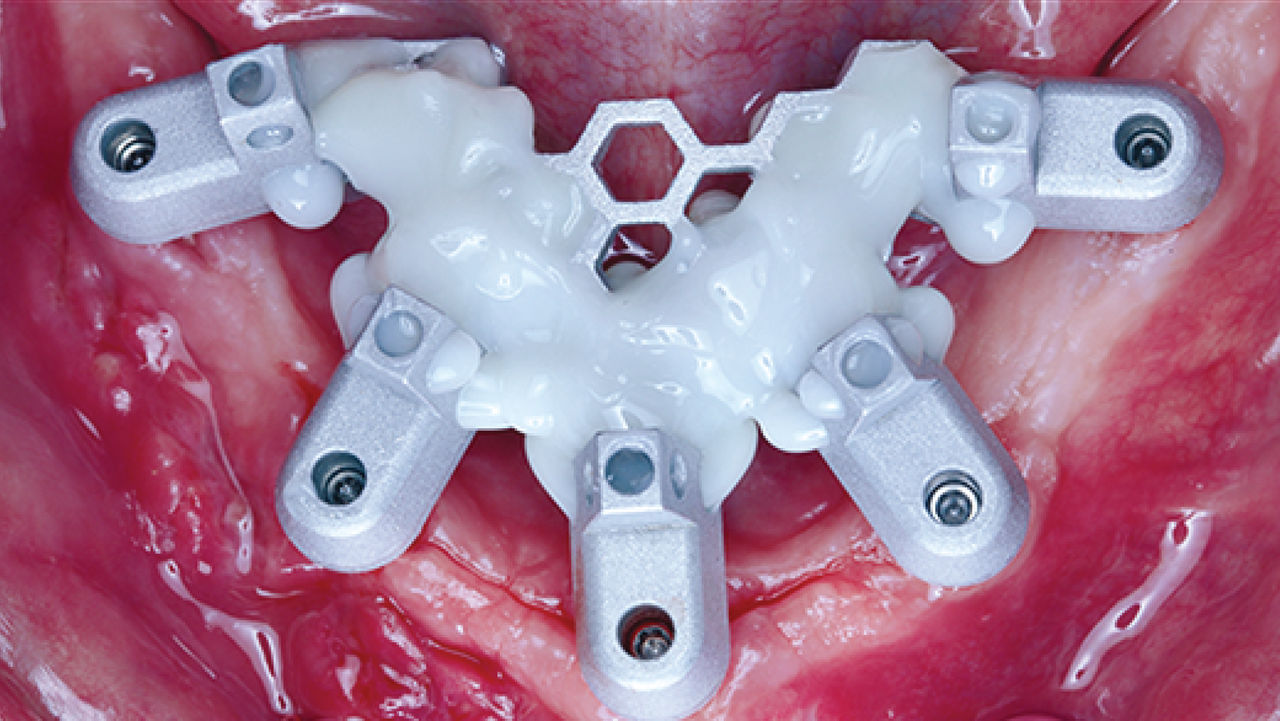
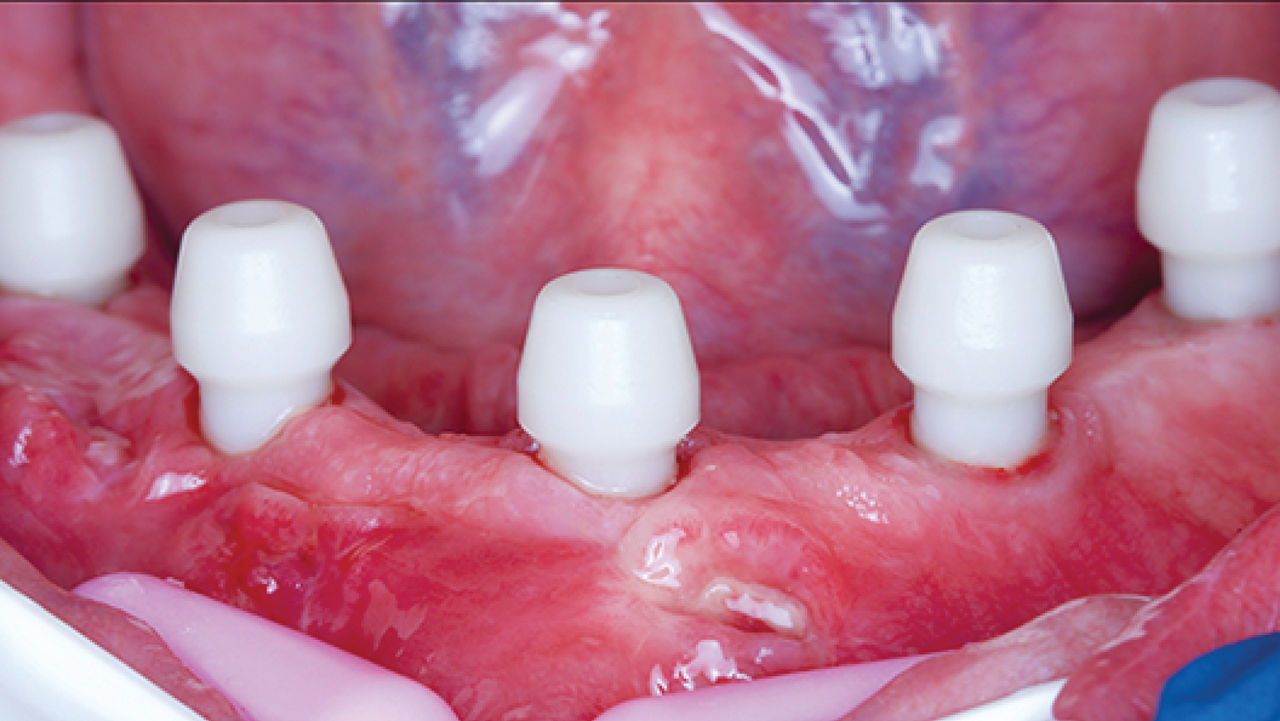
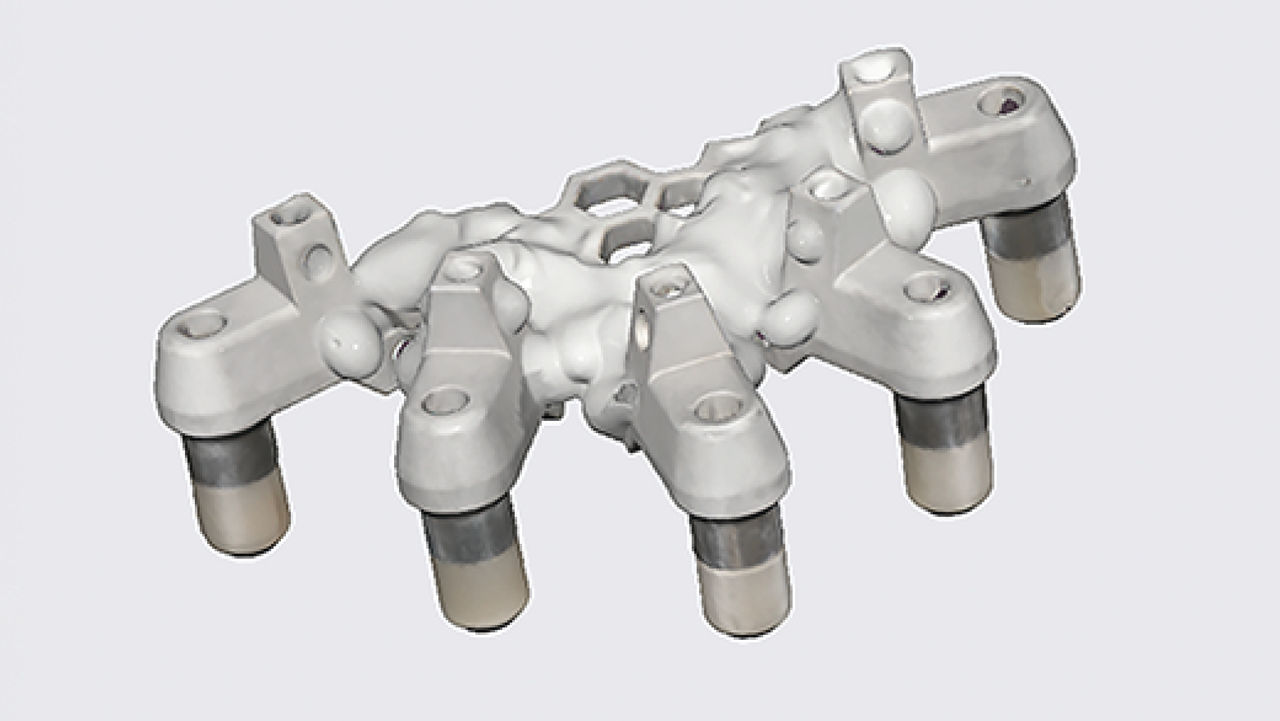
Many dentists are leveraging the power of intraoral scanners to enhance their implant workflows. It’s incredibly accurate technology — but only if you follow the proper techniques. That’s why it’s so critical to not only invest in high-precision scan bodies, but to select the right one for each case type. Doing so will save you both time and money, as well as lead to better patient experiences and more predictable outcomes.
Glidewell offers high-quality, affordable scan bodies for all implant cases. The high-precision scan bodies will ensure the scans you send to Glidewell are accurate, and that patients leave your office with beautiful smiles and restorations that fit comfortably.
Related Dental Blog
Related Dental Article
Send blog-related questions and suggestions to hello@glidewell.com.
